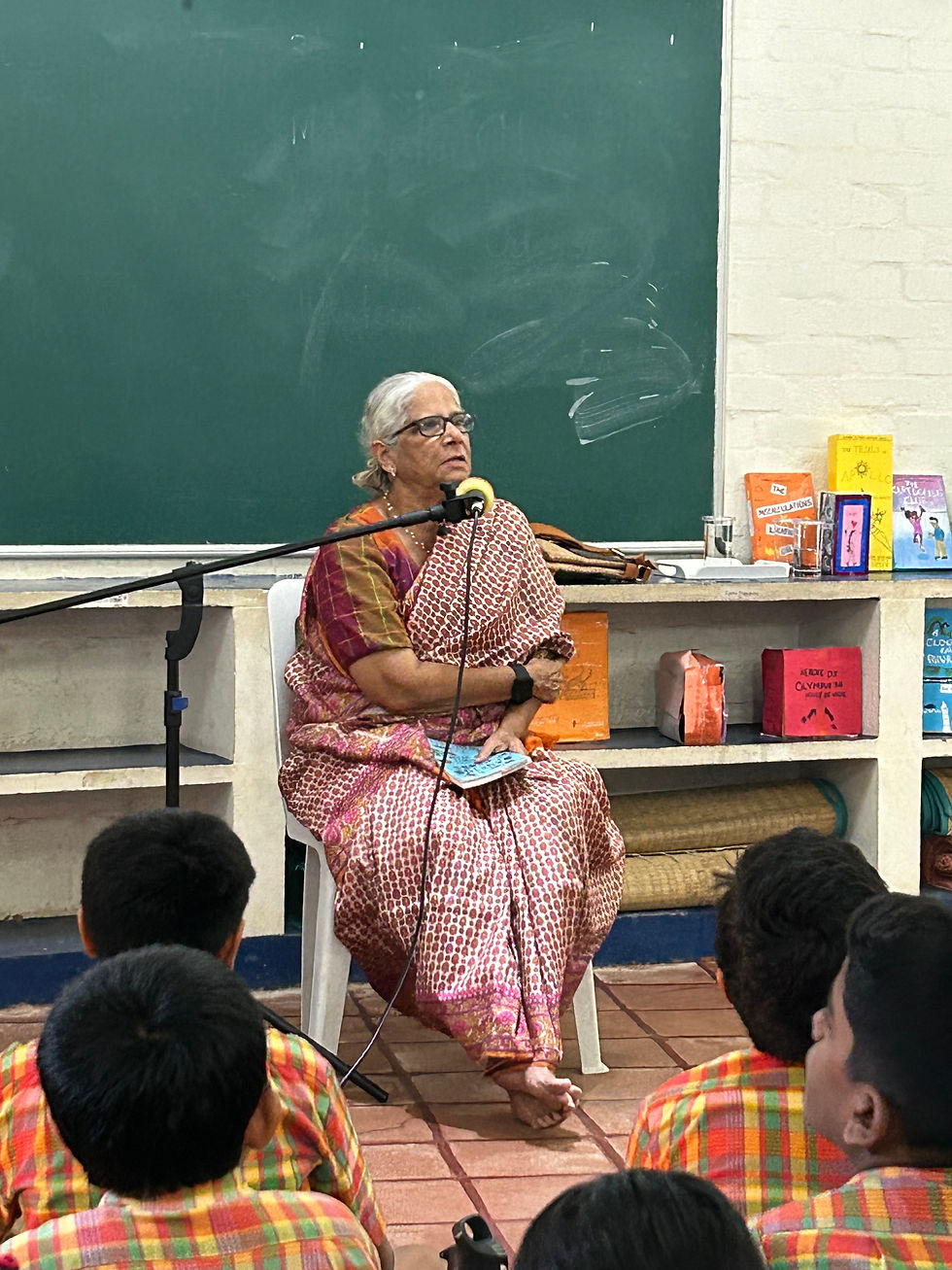Sometimes Mama, Sometimes Papa...why representation matters.
- JoAnne Saldanha
- Nov 3, 2022
- 3 min read
My start with the second book shortlisted for the Jarul Book Awards was a bit shaky.
I think a lot was connected to my own relationship with the book ‘Sometimes Mama, Sometimes Papa’ by Nandini Nayar, illustrated by Upamanyu Bhattacharyya and published by Puffin.

Sometimes Mama, Sometimes Papa tells the story of little Keya whose parents have separated (the word ‘divorce’ is never used in the book) and how she moves between the two homes with ease. The book goes on to highlight that whether together or separate, both parents love her and are there for her.
While this book had received some wonderful reviews, was even on the Parag Honour List for 2022, and had won awards, I was vary of a book that painted separation in a happy light. Whether the separation is because of a divorce or work or changing family situations…it is often fraught with anxiety and upheaval.
A few of the children I work with have experienced having parents either separated or divorced …however it has been in ways that have been not quite so amicable as featured in this book.
However, for lack of other choices on this theme, I did pick up a copy for children to chance upon in the library and to hopefully normalise the different family structures that we see around us.
When a book is shortlisted for the Jarul Book Awards, I read each book out to my groups of elementary children. I read this one with apprehension to 3 of the 5 groups that I work with in elementary.
The first group of 2nd to 4th graders, completely missed the point of the story, instead turned the ‘sometimes mama, sometimes papa’ refrain from each page, into a happy ditty.
I was lost.
I questioned whether my own feelings for the book affected the manner in which I shared it with the children.
My next two groups of 5th and 6th graders, understood the situation better but like me, felt that while divorce is sad (their words not mine), this book made the situation happy. They were not too sure what they felt about the story.
On another day, I have a mixed group of 2nd-4th graders come in for a session. As they walked in, I spot 2 children who I knew had been through their parents divorce.
My heart sank.
How would they react to this book?
I decided to dive in, my eyes checking now and again to see their reactions.
There were none that I could perceive.
Then at the end of the book, another child shared about her friend who moves between houses, packing up bags and toys.
Soon more hands shot up. Some confused about why the parents lived in separate homes, others just wanted to express what they thought.
I then noticed that the two children whose parents had divorced, had both raised their hands. Mentally I was bracing myself for what was to come and trying to figure appropriate ways to react.
One spoke up and said “This was me from age x to age y. But now I am just with Mama, and that’s ok.”
Both the children then shared how much they loved this book because it featured a character just like them.
There just like that, they shared in front of their entire class that their parents were divorced....calmly and confidently.
And just like that, I saw unfold before me why representation matters.
Who am I to judge this book, when it brings comfort and a sense of identity to its readers?
I also do hope that by reading this to the children and keeping it in our collection, it opens our acceptance and understanding of different family structures.
SEL: Self Awareness - Identity
Social Awareness - Appreciate diversity, perspective
Relationship Skills








Comments